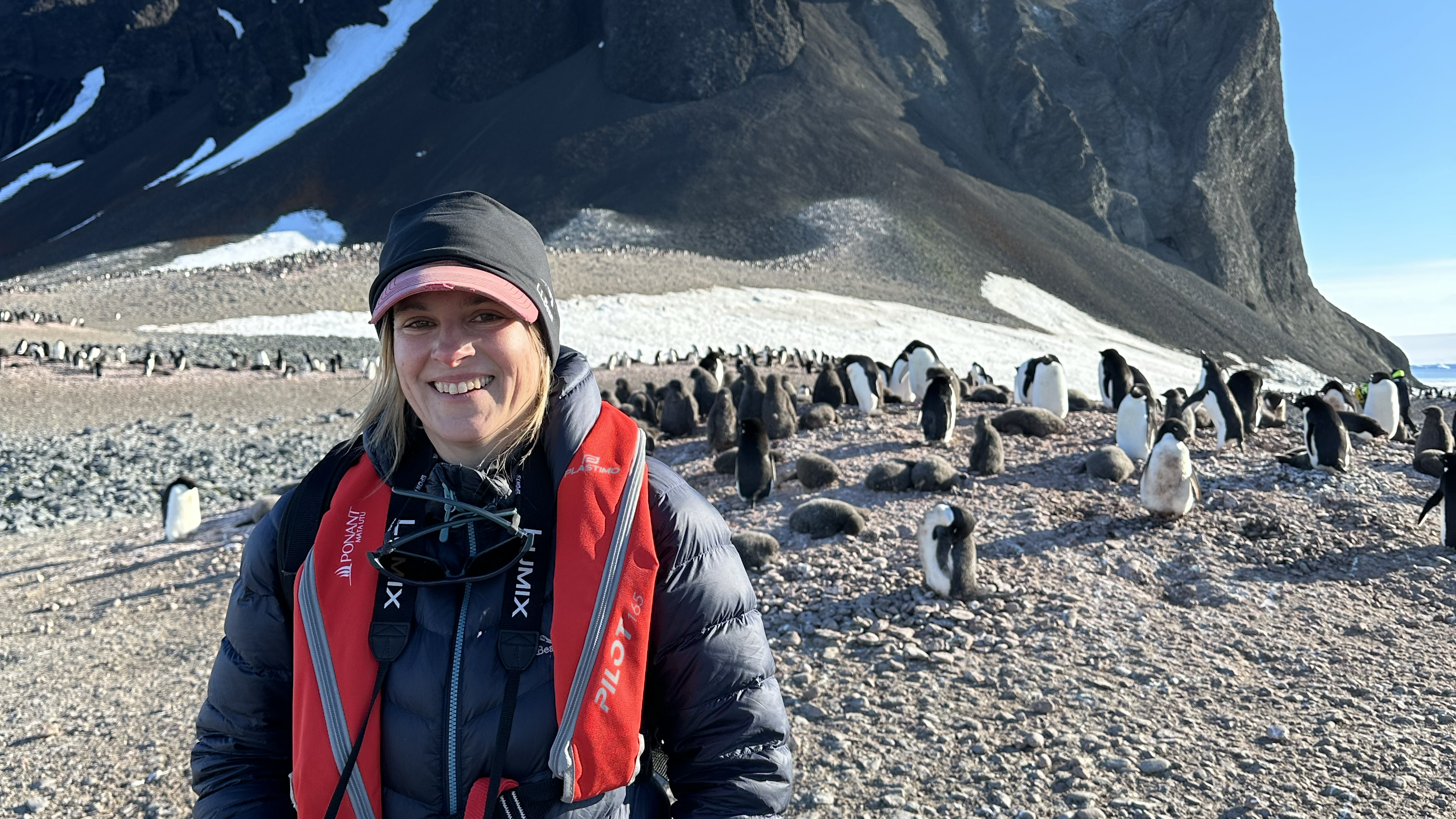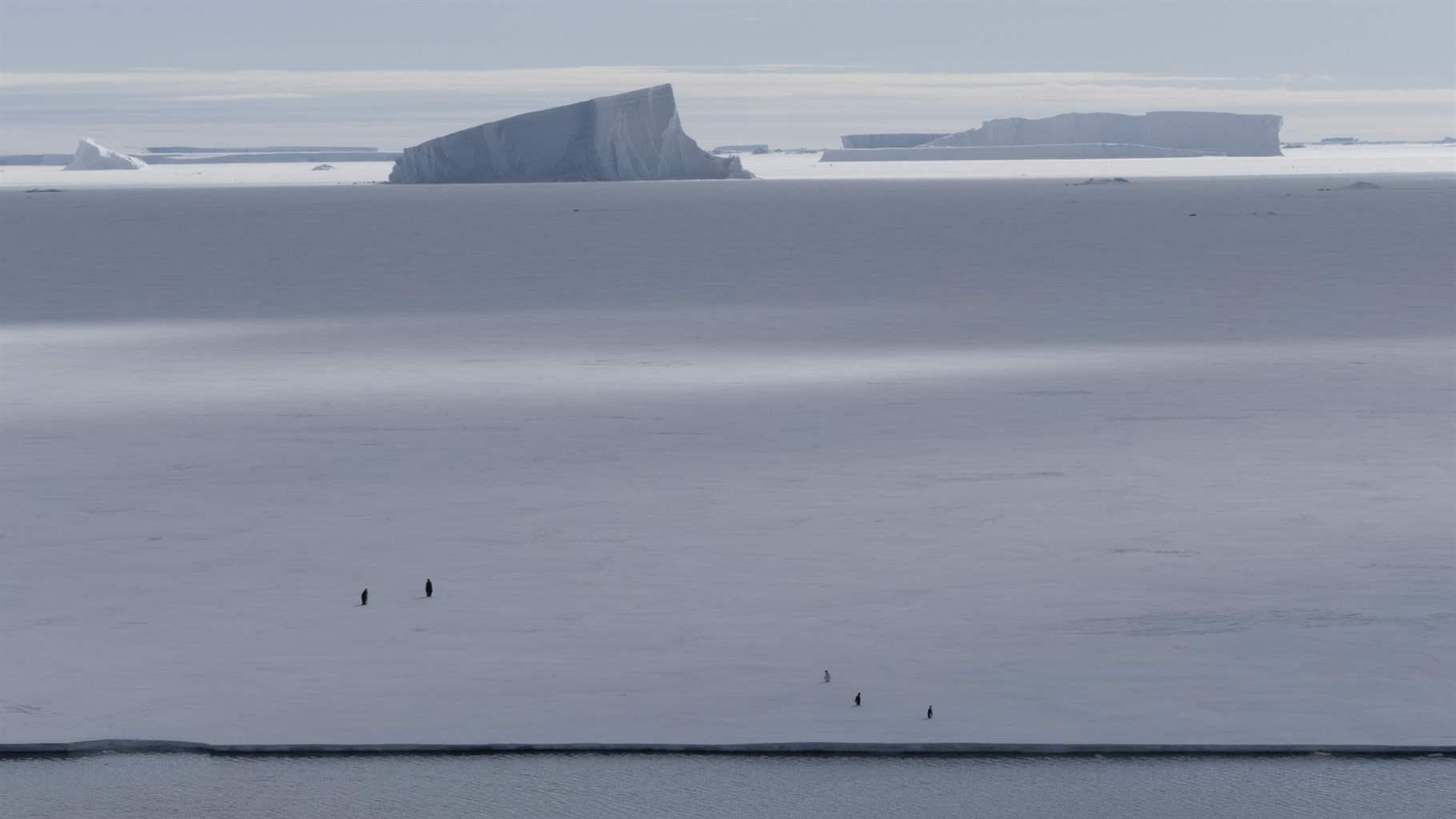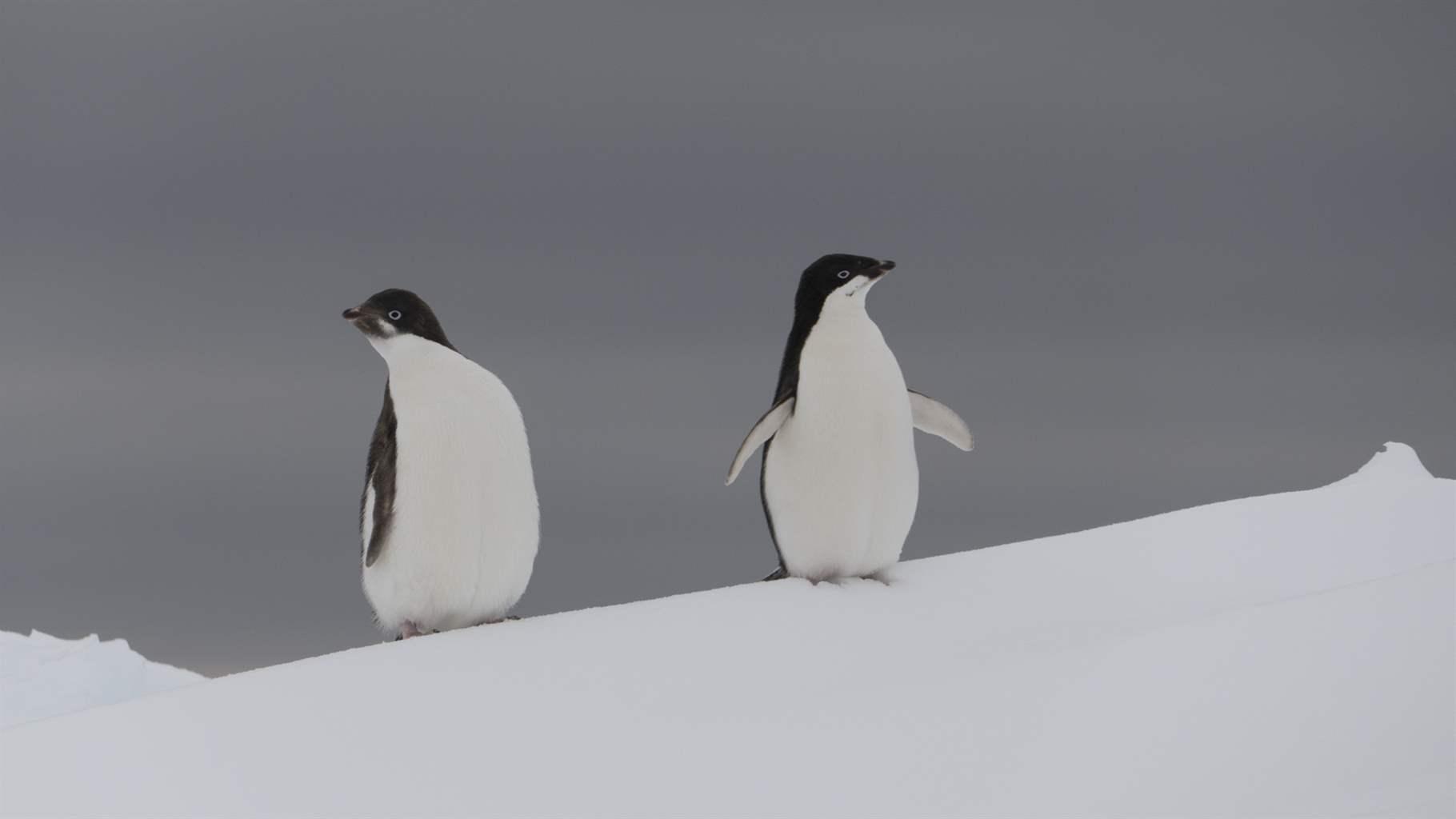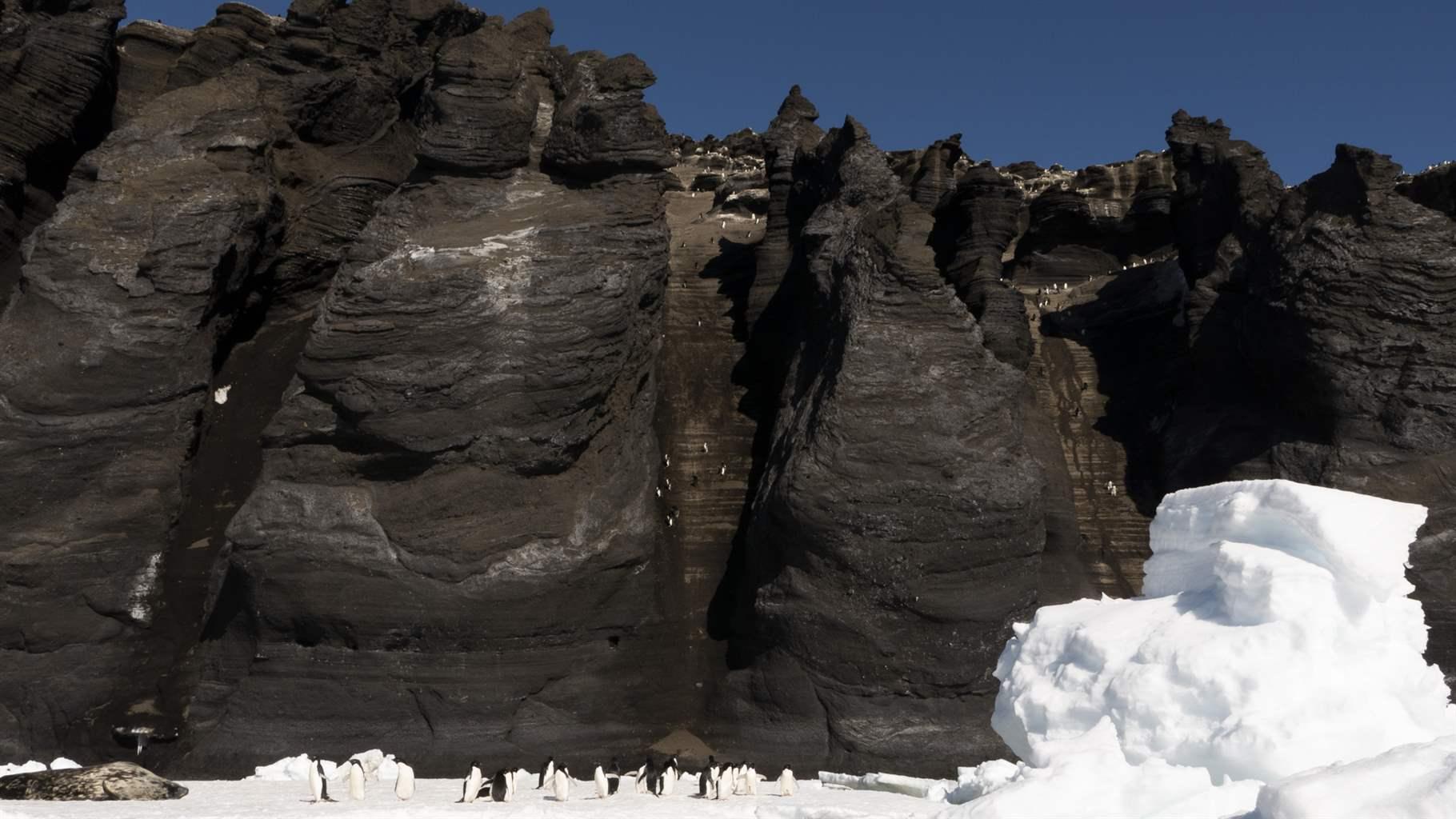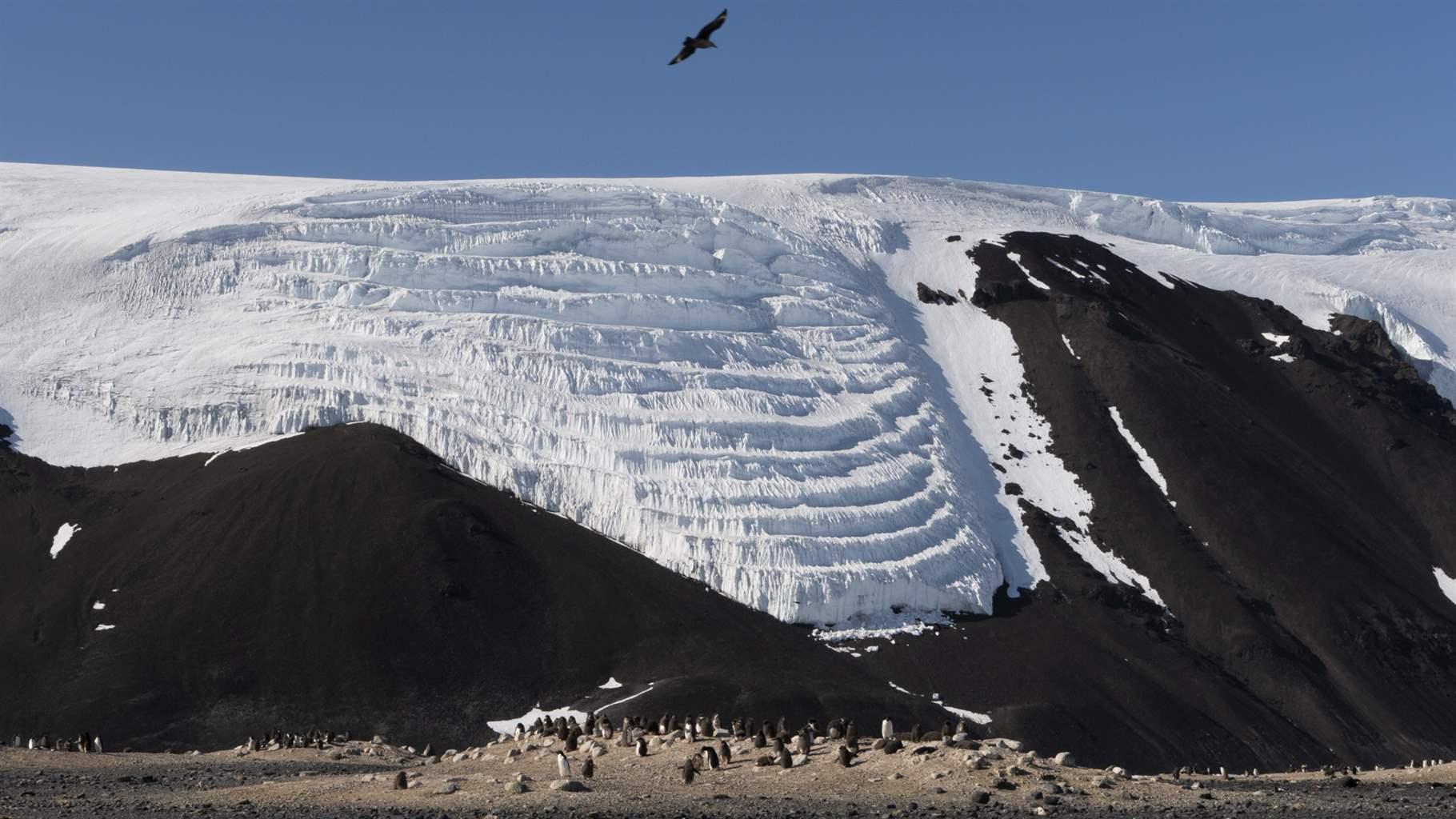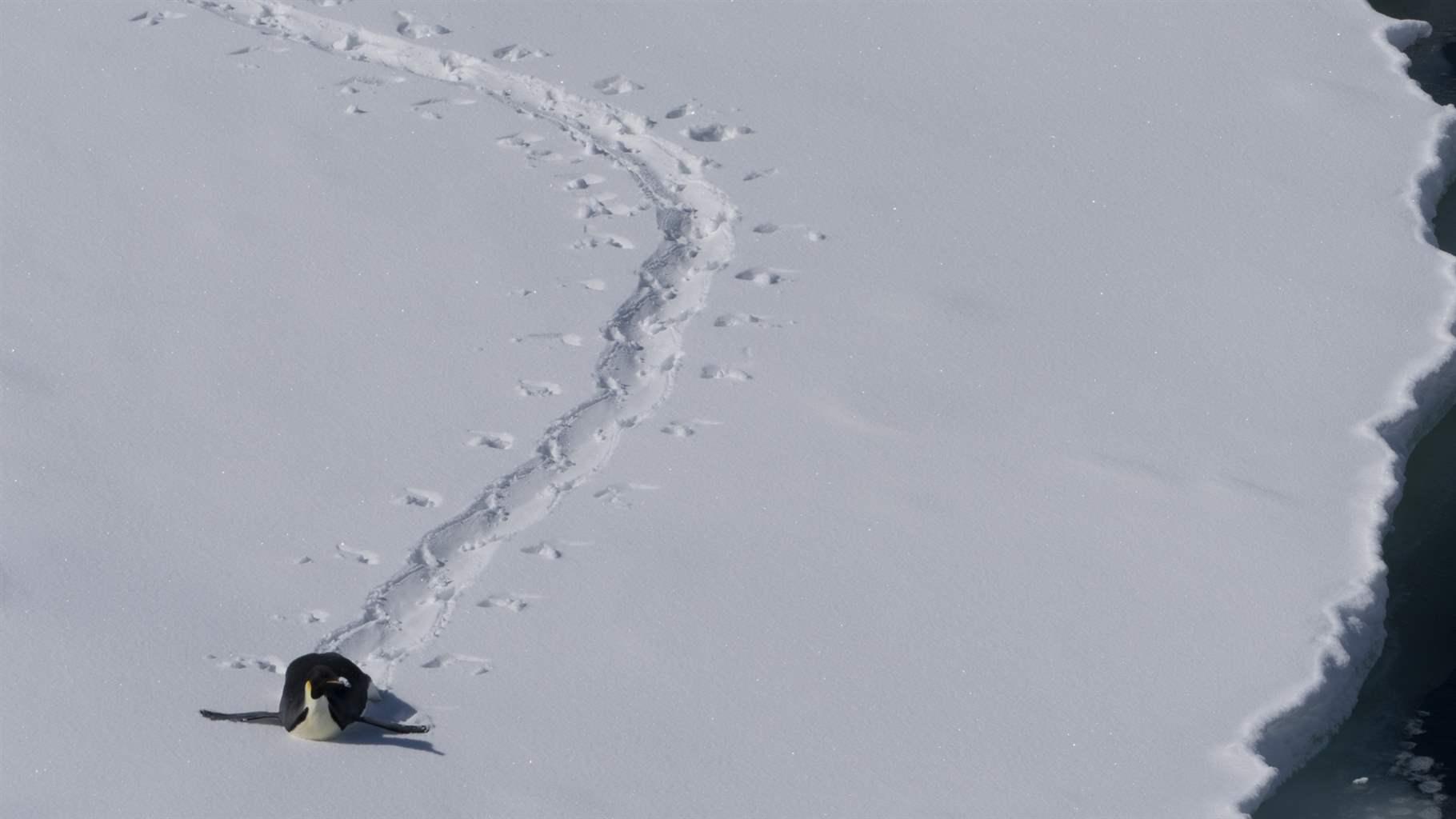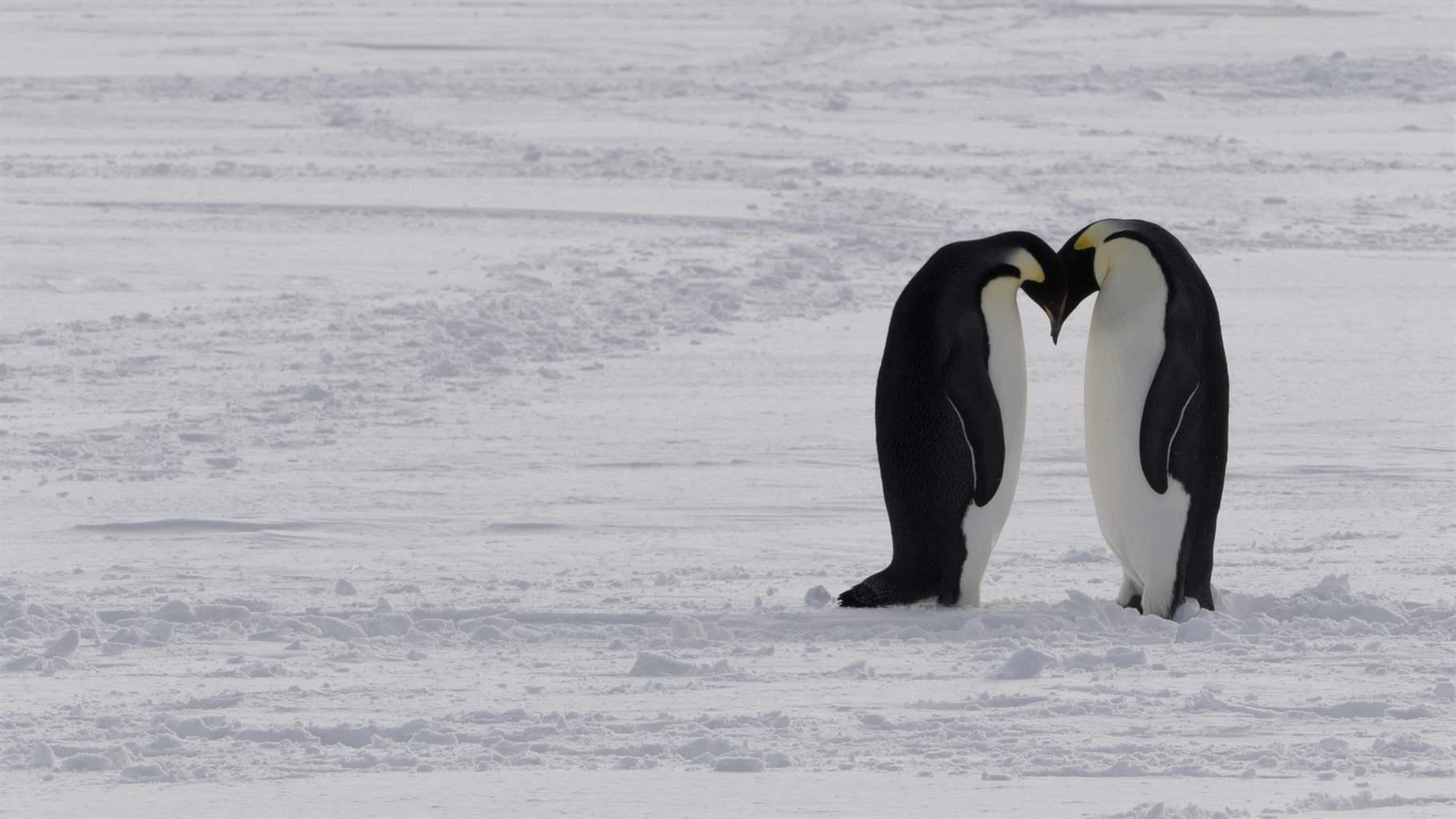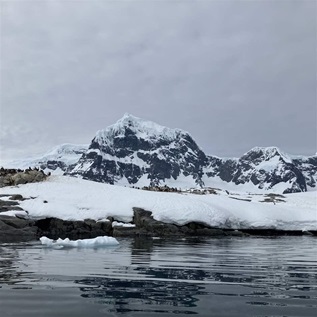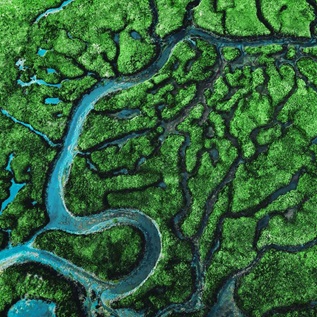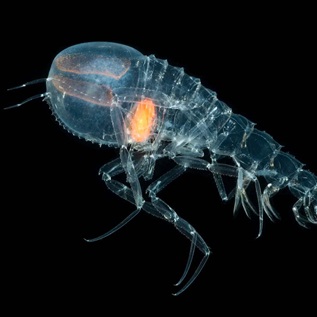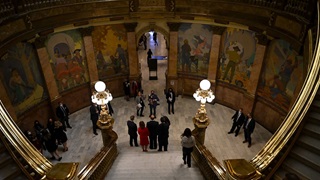After Witnessing Climate Change Effects in Antarctica, Expert Calls for Stronger Conservation Action
Iconic birds need protection as World Penguin Day dawns
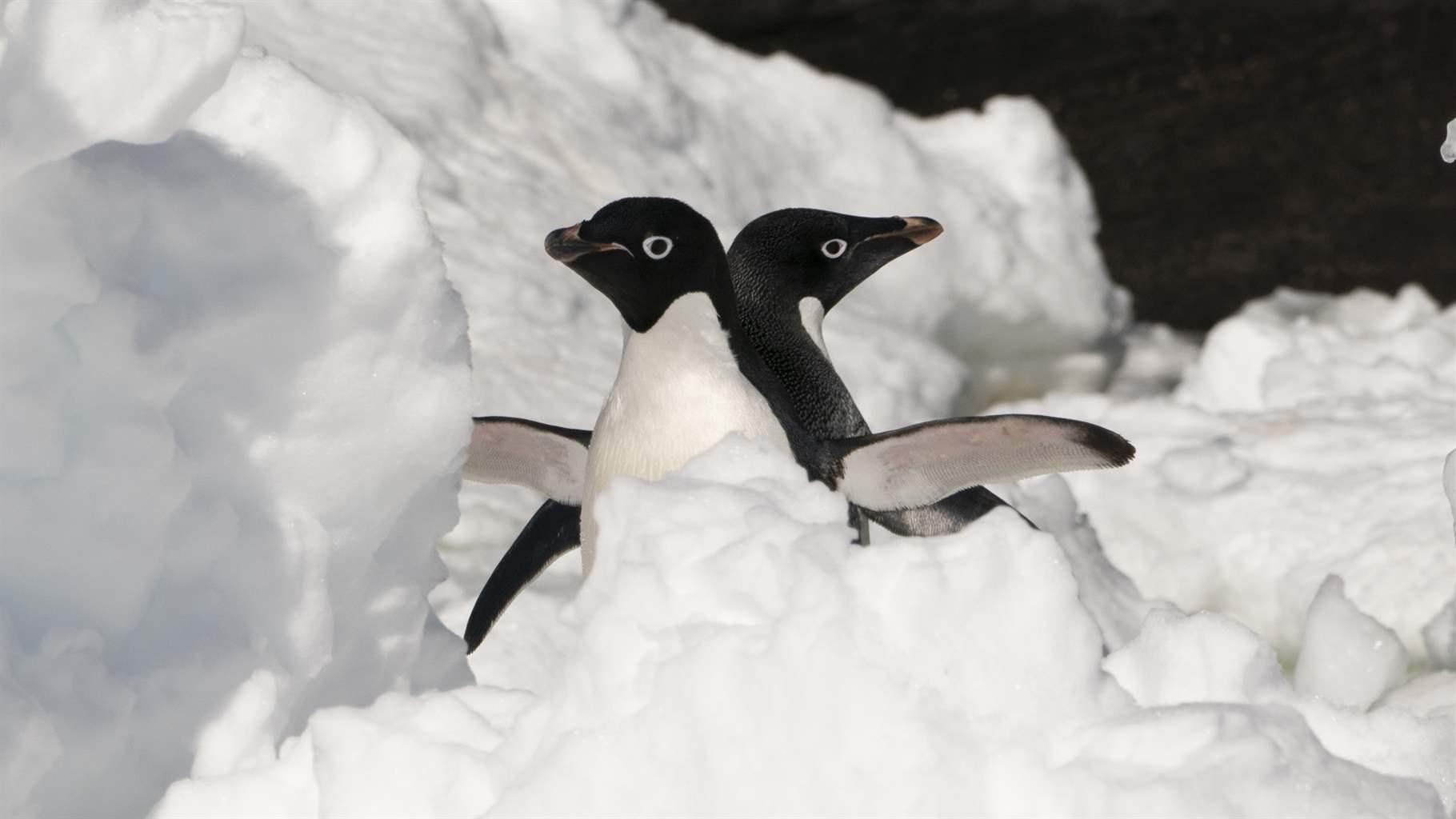
In January, Dr. Cassandra Brooks—an assistant professor of environmental studies and a faculty fellow with the Institute of Arctic and Alpine Research at the University of Colorado, Boulder, who has been a regular visitor to the Southern Ocean since she began studying marine conservation in the Ross Sea almost 20 years ago—returned to Antarctica for a half circumpolar expedition. This meant traveling from the tip of South America to the Antarctic Peninsula, through the Bellingshausen and Amundsen Seas, and into the Ross Sea before sailing to New Zealand on the expedition-style cruise line Ponant. On this trip, she was the guest of honor of the Explorers Club, a professional society that promotes scientific exploration and field work. Throughout the trip, Brooks saw evidence of climate change, particularly on the western Antarctic Peninsula, one of the fastest warming places on earth. But in regions like the Ross Sea that have remained cold—for now—Adélie penguins abound.
Of the world’s 18 penguin species—all found in the Southern hemisphere—only five live in the Antarctic, and two of those species reside on the southernmost regions of the continent. The emperor penguin and the Adélie penguin are both superbly adapted to the cold and ice; they thrive in this extreme environment, where temperatures hover below freezing, and ice covers both land and sea. However, their habitats are threatened by warming air, rising sea temperatures, and reductions in sea ice—developments associated with climate change.
Today, on World Penguin Day, Dr. Brooks shares stories and images from the expedition, celebrating these remarkable birds and their ability to thrive.
Q: Can you talk about some of the threats to Adélie penguins?
A: On our trip we traveled along the western Antarctic Peninsula, one of the fastest changing places on our planet. It’s a region that has experienced significant warming, which is causing glacial retreat, ice shelf collapse, reductions in seasonal sea ice, and unpredictable shifts in marine ecosystems. Populations of Adélie penguins, which depend on colder temperatures, have declined in the area by up to 90% in some colonies.
Q: What do you see as a possible solution to the Adélie penguin’s decline on the peninsula?
A: We need to reduce greenhouse gas emissions immediately. Climate change is by far the biggest threat to Antarctica and its wildlife. Further, given the multiple threats in this region—including widespread industrial fishing for krill (a major food source for the birds)—protecting Adélie penguin colonies in large-scale marine protected areas where human stressors are reduced gives them the best chance of adapting to change.
We also traveled through the Amundsen Sea and, though warming, it’s still intensely icy and teeming with life. The rocky islands embedded in ice provide nesting grounds for Adélie penguins. The birds build colonies in the most improbable locations! Hardy hikers, these Adélies show how superbly adapted they are to the most extreme environments, giving me hope that they will be resilient in the future.
Q: Can you give an example of how such a protected area works?
A: At the end of our voyage, we made it to the Ross Sea, also known as the “last ocean” because it's one of the healthiest marine ecosystems left in the world. It’s home to a disproportionate amount of marine life, including 35% of the world’s Adélie penguins and 28% of the world’s emperor penguins. In 2016, after more than 10 years of scientific, public, and diplomatic efforts, the global community came together to protect this place; it’s now the world’s largest MPA. I was proud to be part of this MPA effort, and on this trip I reveled at being back in the Ross Sea knowing that it’s now fully protected.
Q: Speaking of emperor penguins, what can you tell us about them—and their future?
A: Among the most iconic Antarctic species, emperor penguins use sea ice as a platform to breed and raise their chicks; it’s central to their survival. But unprecedented declines in sea ice, due to climate change, have led to catastrophic breeding failure for emperor penguins in the Bellingshausen Sea. And recent research has suggested that overall declines are widespread throughout Antarctica. If climate change continues at its current rate, emperor penguins are at risk of going extinct. But we still have time to save them. By reducing greenhouse gas emissions immediately, we can potentially secure emperor penguins’ future.
Q: Was there anything about this trip that left you feeling hopeful about penguins in Antarctica?
A: As I witnessed the threats of climate change firsthand, I found hope in the parts of Antarctica that are staying cold. They’re considered “climate refugia,” regions that are less affected by climate change than other areas are. Scientists predict that the Ross Sea will be one of these places, which underscores the importance of maintaining its protection. And researchers think the Weddell Sea, just east of the Antarctic Peninsula, will be another refugia—and deserves the same MPA safeguards as the Ross Sea. In addition, areas in East Antarctica and the western Antarctic Peninsula are being considered for MPA designations. What can we do to help Antarctica? We can immediately reduce greenhouse gases and we can establish more protected areas in our coldest continent, reducing human impact and giving Antarctic life the best chance of adapting to climate change. I returned home reinvigorated by the hope that humanity can, and will, come together to protect Antarctica. We did it already in the Ross Sea, and we can do it again. The future of Antarctica depends on it.
